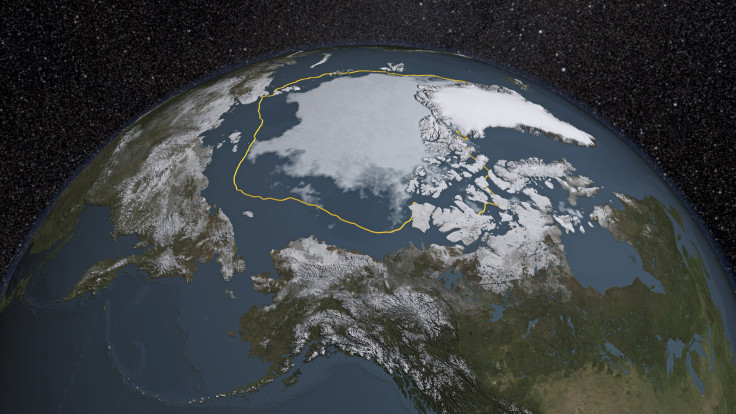Climate Change: Will Bird Poop Save The World As Arctic Winters Get Warmer?

That the planet’s climate is changing in unprecedented ways, caused largely by human activity, is beyond doubt now. So is the fact that polar snow caps and ice shelves are at historical lows, and continue to recede year after successive year. Scientists like Stephen Hawking have said we will need to get off Earth and find another home if we are to survive as a species and entrepreneurs like Elon Musk are trying to devise ways to set up human colonies on Mars.
Amid all this, we find out that during its polar night — the 6-month period where the sun barely rises — the Arctic is a ridiculous 36 degrees Fahrenheit warmer right now than the mean temperatures for the region for this time of the year. No matter what the deniers may say, global warming is real and it is happening. Given that abandoning Earth is still a long ways off, if at all possible, what hope does humanity have?
Bird poop.
A study by researchers from Colorado State University links ammonia emissions from guano — collective excrement from seabird colonies — from the Arctic in the summer and newly formed aerosol particles in the atmosphere that can “influence Arctic cloud properties and their effects on climate.”
Published in Nature Communications under the title “Contribution of Arctic seabird-colony ammonia to atmospheric particles and cloud-albedo radiative effect,” the study says: “Ammonia from seabird-colony guano is a key factor contributing to bursts of newly formed particles, which are observed every summer in the near-surface atmosphere at Alert, Nunavut, Canada. Our chemical-transport model simulations indicate that the pan-Arctic seabird-influenced particles can grow by sulfuric acid and organic vapour condensation to diameters sufficiently large to promote pan-Arctic cloud-droplet formation in the clean Arctic summertime.”

The particles being talked about are the nuclei around which water vapor condenses before forming clouds. These particles can spread throughout the Arctic and the increased formation of cloud droplets means more of the sunlight reaching Earth can be reflected back into space.
Jeff Pierce, associate professor of atmospheric science at the university and one of the study’s co-authors, said in a statement: “This newly identified and fascinating ecological-atmospheric connection highlights the interconnectedness of the many components of Earth’s climate system.”
The study also warns that guano-related ammonia emissions in the Arctic could be altered by the accelerated rate of Arctic warming and changes in the numbers and migratory patterns of seabirds. Consequently, it advocates the need for a multi-disciplinary approach “to better understand the details of the related processes.”
© Copyright IBTimes 2024. All rights reserved.











